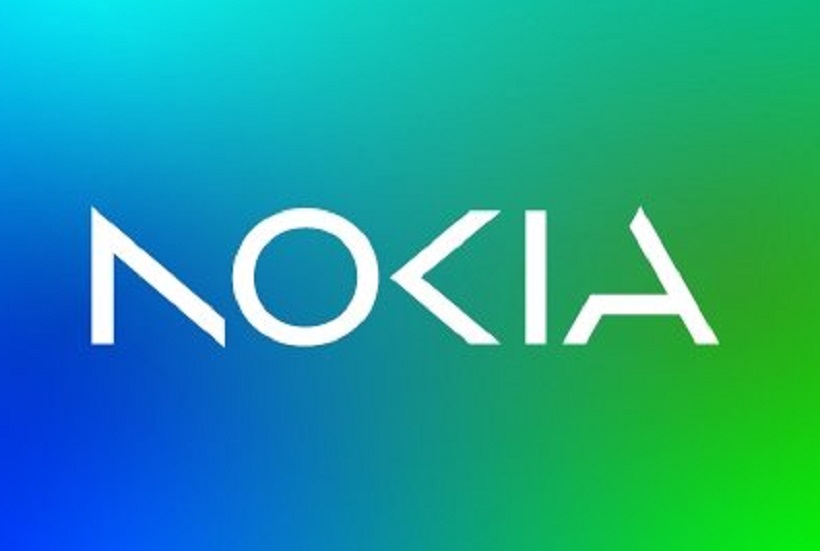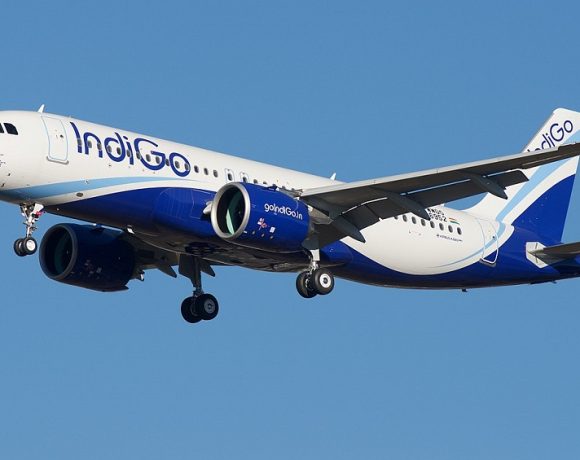
Nokia to Deploy First 4G LTE Network on the Moon
In a groundbreaking initiative, Nokia is set to deploy the first-ever 4G LTE network on the Moon, aiming to revolutionize lunar communications and support future space missions. This ambitious project, part of NASA’s Tipping Point program, seeks to establish reliable, high-capacity connectivity on the lunar surface.
Nokia’s Lunar 4G LTE Network
The mission’s primary objective is to deploy a complete end-to-end LTE network on the Moon. This network comprises an LTE base station with integrated Evolved Packet Core functionality, housed in an ultra-compact form factor aboard the lunar lander developed by mission partner Intuitive Machines. Accompanying this are user equipment and an omni-directional antenna integrated into a rover, designed to establish a robust LTE link between the lander and the rover, facilitating seamless lunar surface connectivity.
Enhancing Lunar Communications
For sustained human presence on the Moon and Mars, robust connectivity and communications are essential. Astronauts will require advanced capabilities akin to those on Earth to support their activities and applications, including voice and video communications, telemetry and biometric data exchange, sensing applications, and robotic control.
Why LTE/4G for Lunar Missions?
The decision to utilize LTE/4G technology stems from its established performance in terrestrial networks, offering excellent reliability and economies of scale. Moreover, LTE/4G meets the initial mission requirements and provides a clear evolutionary path to 5G, ensuring future-proofing of lunar communications infrastructure.
Mission Timeline and Launch Details
The deployment of Nokia’s LTE/4G network, funded by NASA’s Tipping Point program, is scheduled for late 2022. The mission aims to validate the network’s performance over several weeks on the lunar surface, marking a significant milestone in space communication technology.
Engineering for Space: Overcoming Harsh Conditions
Designing technology for the Moon entails addressing extreme environmental challenges, including vibration, shock, acceleration during launch and landing, and exposure to temperature fluctuations, vacuum, and radiation. Nokia’s equipment is engineered to withstand these stresses, featuring hardware redundancy and sophisticated operations and maintenance software for remote operation. Additionally, considerations for size, weight, and power consumption are paramount, ensuring the system meets the stringent requirements of lunar missions.
Unique Challenges of Lunar Network Deployment
Deploying a network on the Moon presents unique challenges, particularly concerning radio signal propagation. While the lunar surface lacks atmospheric interference, its terrain—characterized by rock boulders, mountains, and craters—affects signal transmission. Nokia’s system has undergone rigorous environmental and operational testing to ensure reliability and performance under these conditions.
Implications for Future Space Exploration
Nokia’s initiative is poised to transform lunar exploration by providing the necessary communication infrastructure for future missions. This development not only supports scientific discovery but also paves the way for commercial activities and sustained human presence on the Moon and beyond.
As Nokia embarks on this pioneering mission, the fusion of terrestrial cellular technology with space exploration signifies a monumental leap in achieving seamless connectivity beyond Earth.


















